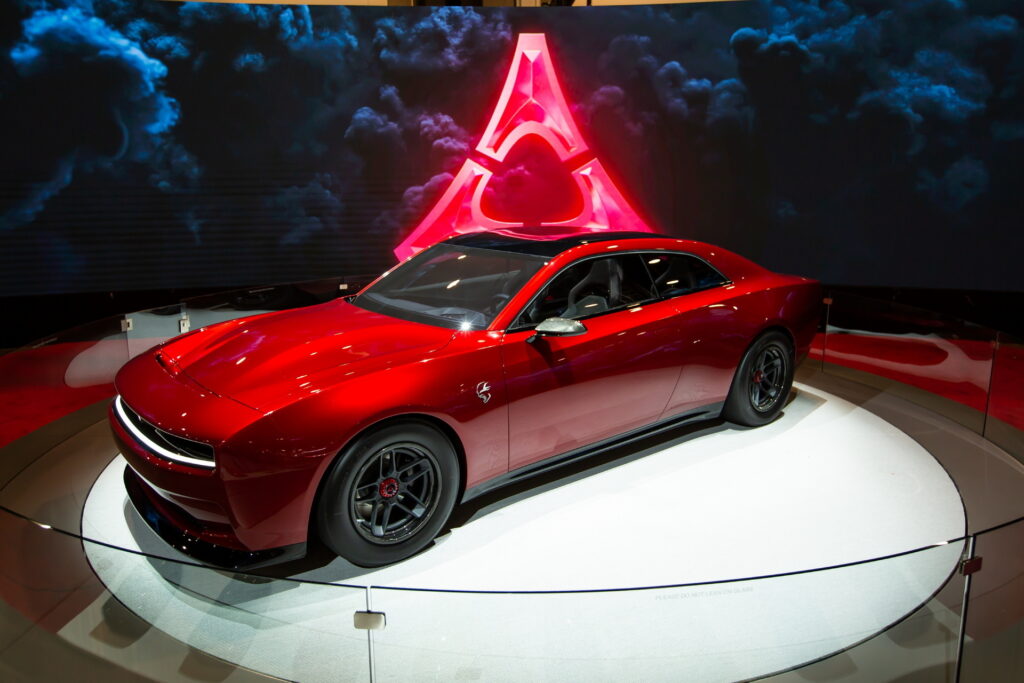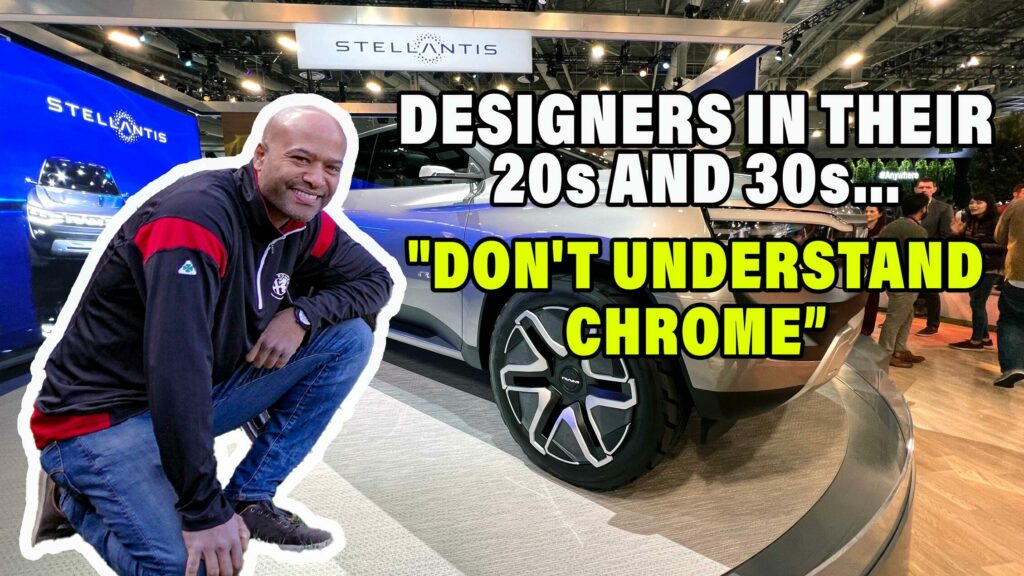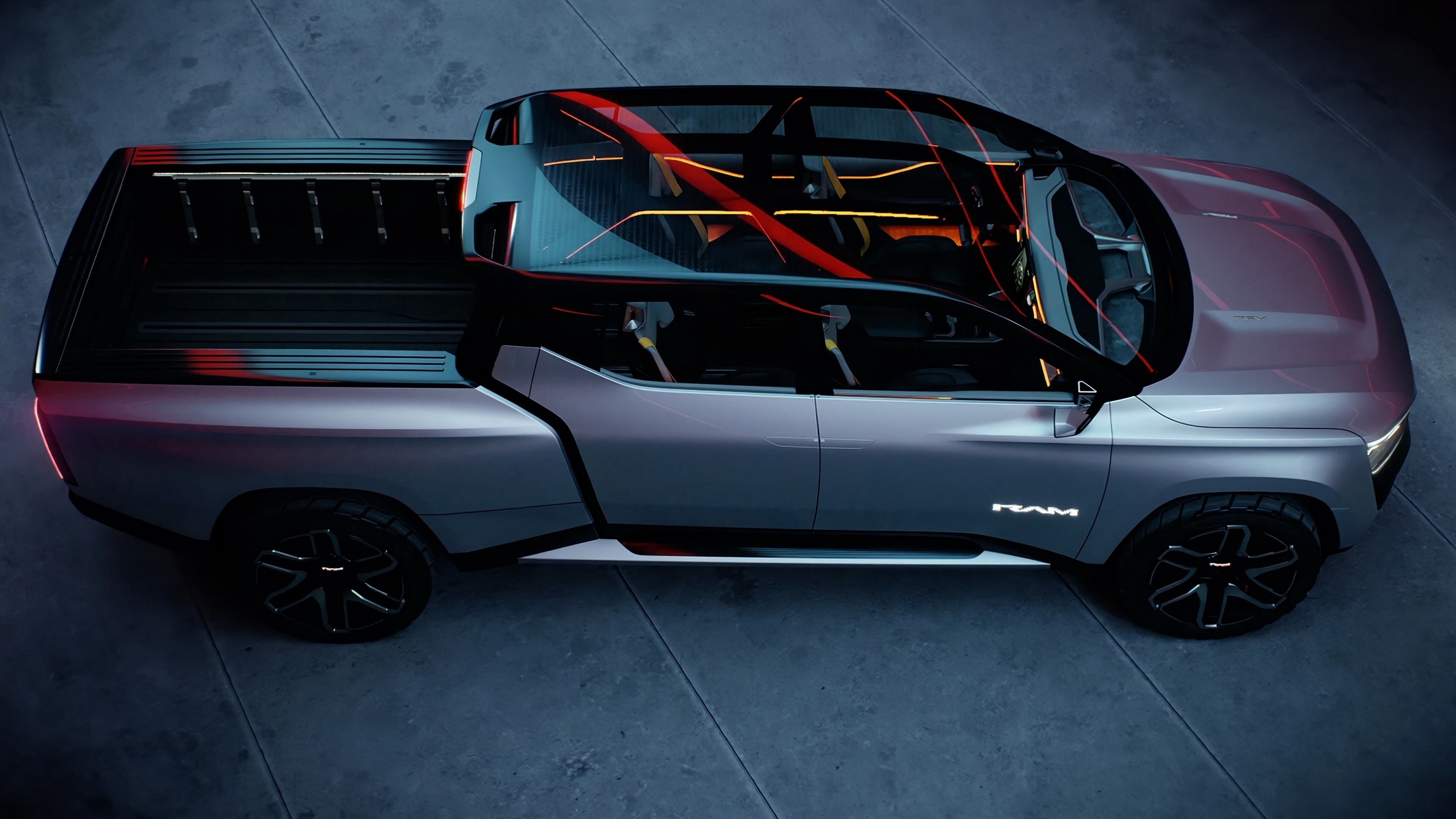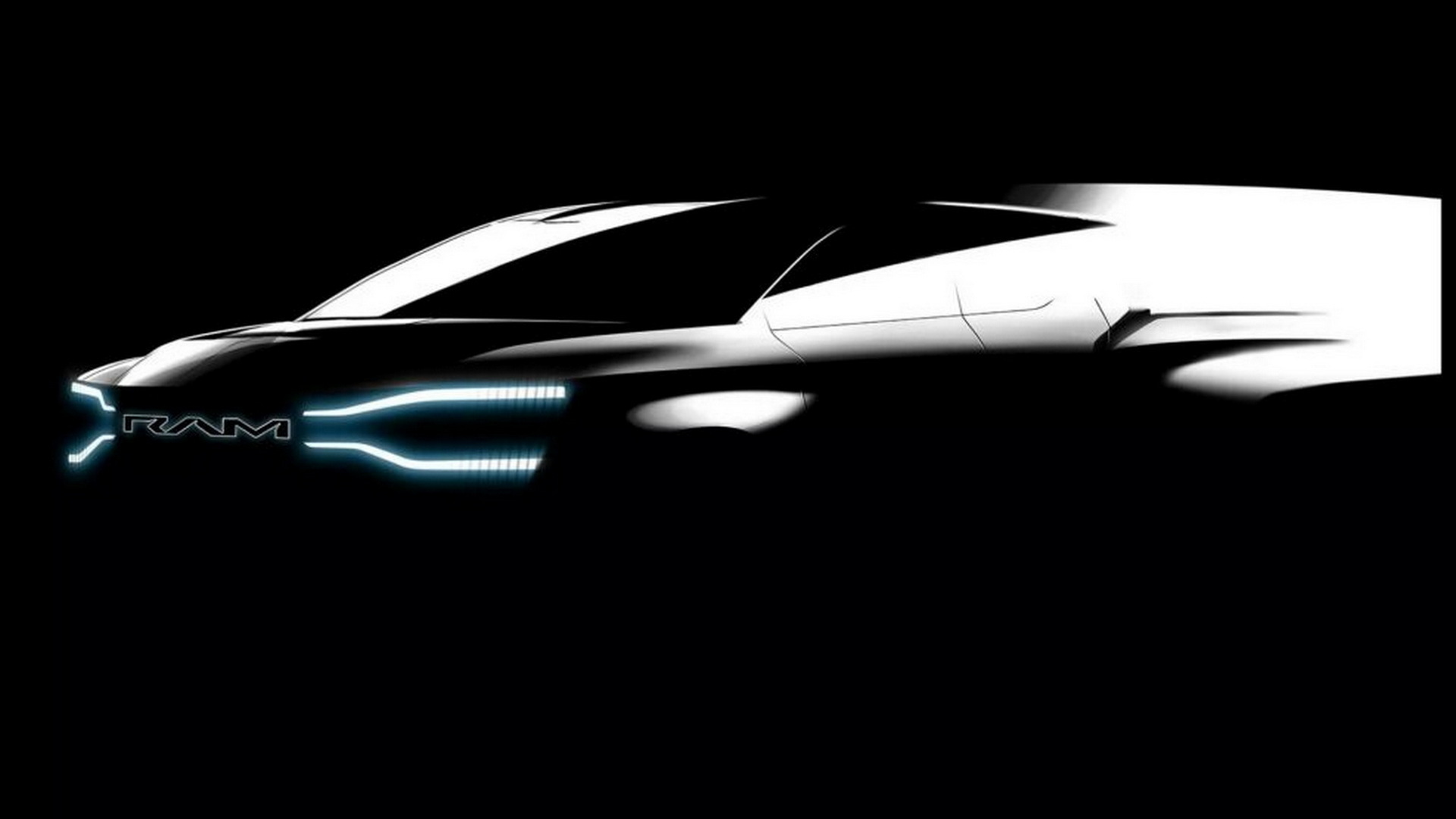As the automotive industry moves increasingly to electric vehicles, the principles of design that have long dominated the internal combustion industry will also have to be rethought. That, Stellantis Design Chief Ralph Gilles said recently, may mean some challenging changes for older consumers.
Gilles will play a role in the design of vehicles from all of Stellantis‘ 14 brands, meaning that he has a unique insight into the future of the industry. And the future may be bewildering for baby boomers.
Speaking to Reuters’ Joseph White, Gilles said that creating vehicles that appeal to younger Millennial and Gen Z buyers means hiring designers in their 20s and 30s “who don’t understand chrome.”
That’s not the only material that may soon go the way of the dodo, he said. Leather, which can currently be found covering almost every square inch of certain luxury vehicle interiors, “may be an anti-selling feature in the future.”
Read: Cowhide Is “So Last Year” As Vegan Leather Makers Muscle-In On Latest Auto Trend
Gilles didn’t say what materials will replace leather, but vegan and otherwise more eco-friendly alternatives are being considered by many in the automotive industry, as it looks to shrink its carbon footprint.
In the place of chrome, though, another twinkling design element is currently fascinating designers. Software-directed LED lighting can be used inside and outside of vehicles to create glittering design elements, such as the Ram Revolution’s tuning fork grille.
The lighting technology can also be used inside a vehicle to create better atmosphere. Jeep already has a “relax mode,” and productivity, social, and other modes could also be added to make the vehicle cabins more inviting places to be.
Easter eggs, too, will be a focus for Stellantis brands, and Gilles said that the corporation has teams dedicated specifically to these hidden features. He points to Tesla, and gags like its “fart mode,” as leaders in the realm of software Easter eggs.
There is, however, good news for traditionalists. Gilles believes that the rise of EVs might save sedans. The need to make vehicles more aerodynamic puts sedans in an ideal position to make a comeback.
“I see more (automakers) issuing sedans again if you make it delicious,” said Gilles. “The Charger, on purpose, carries a little bit more nostalgia. It’s a more stubborn customer. We’re going to seduce them.”

















